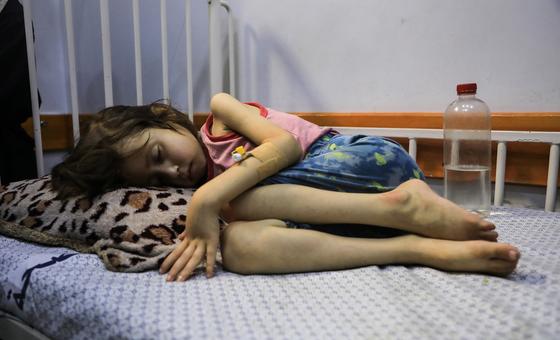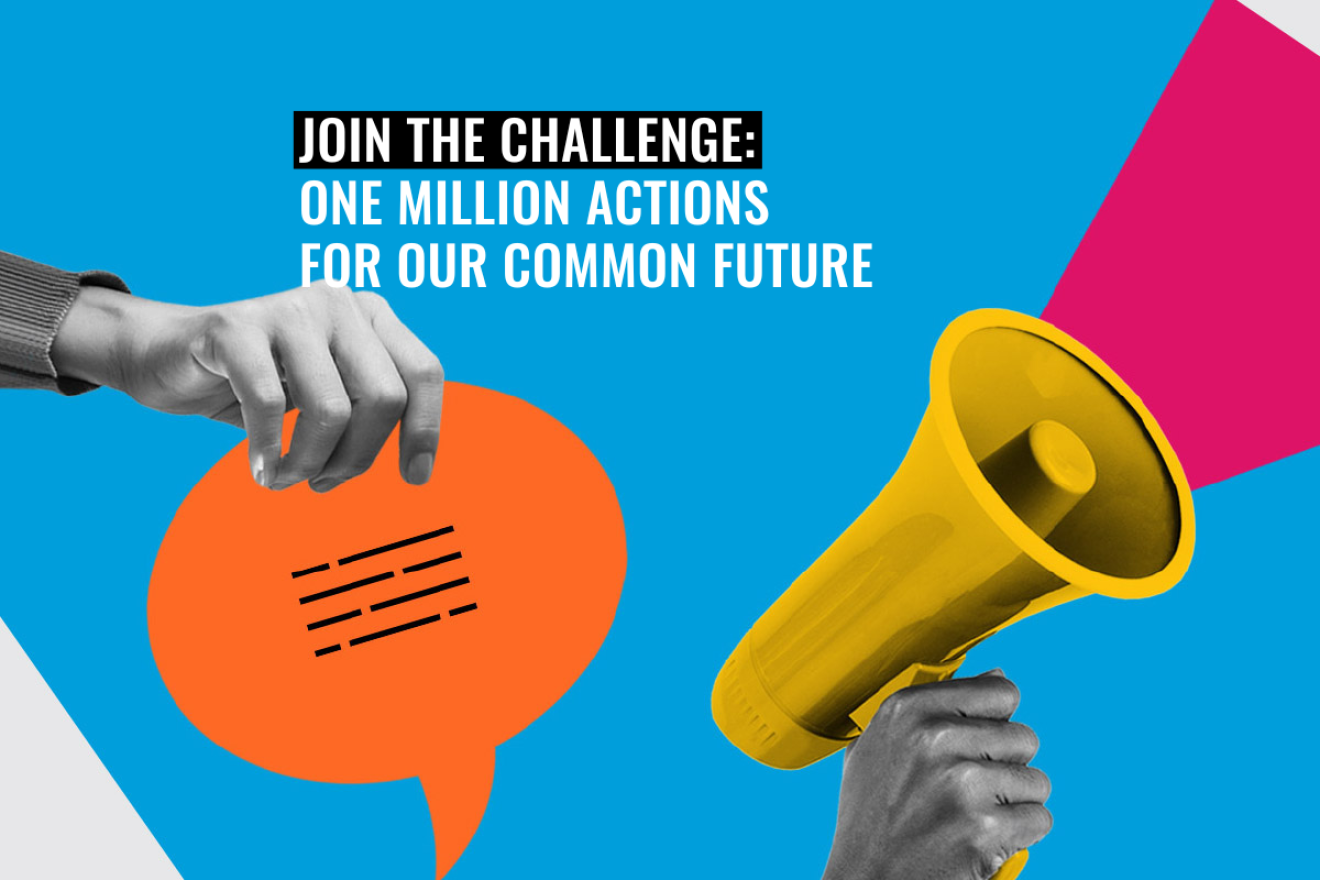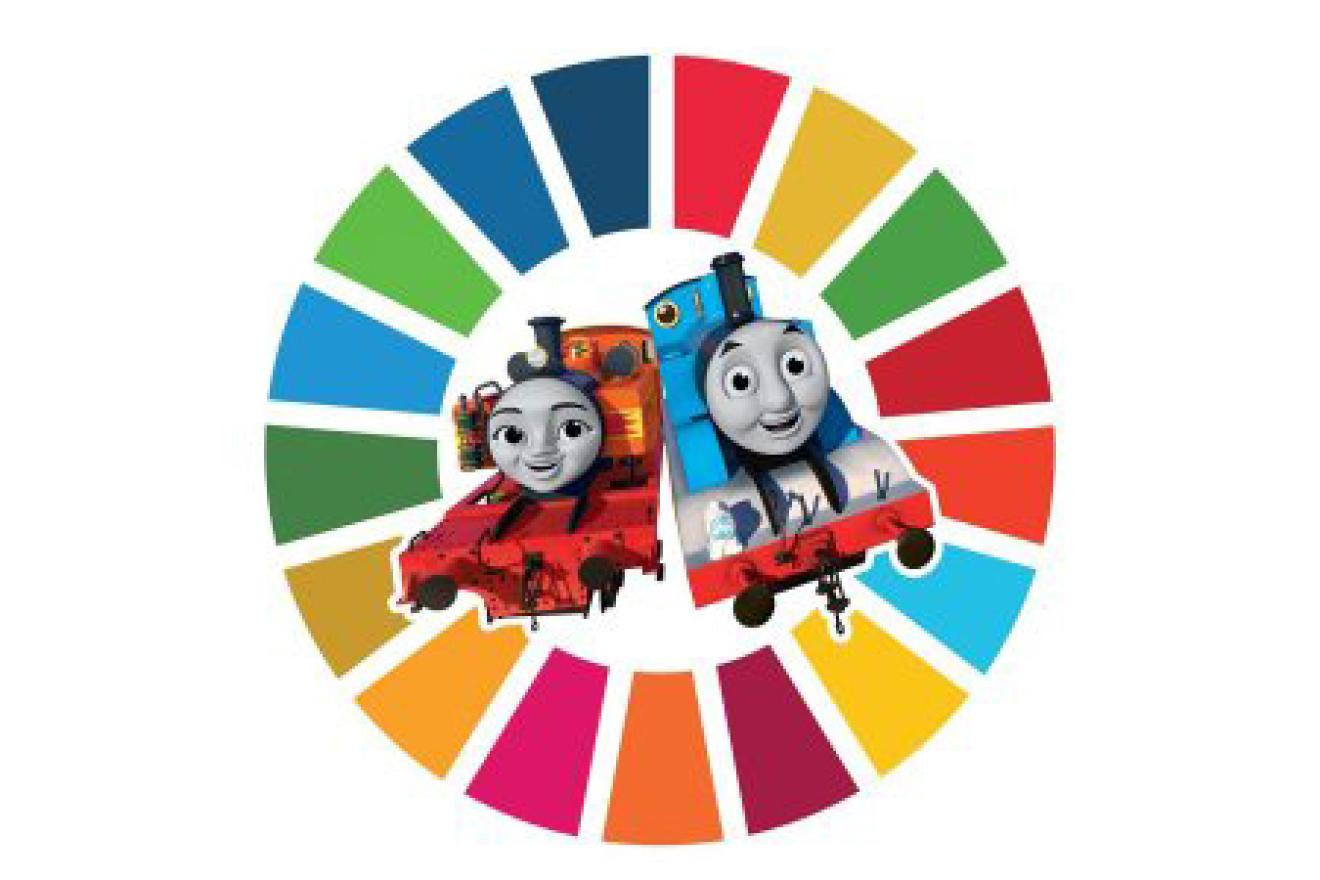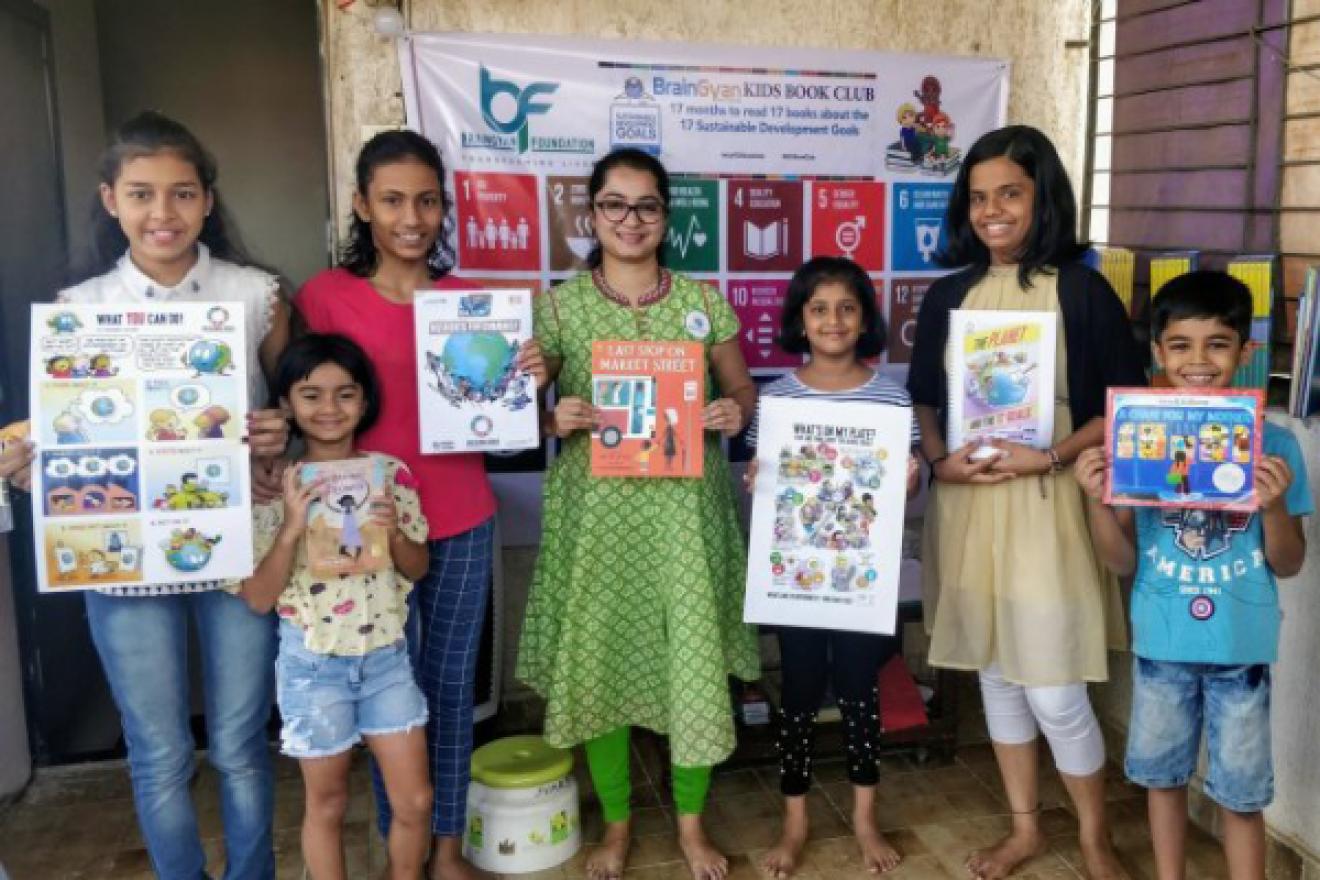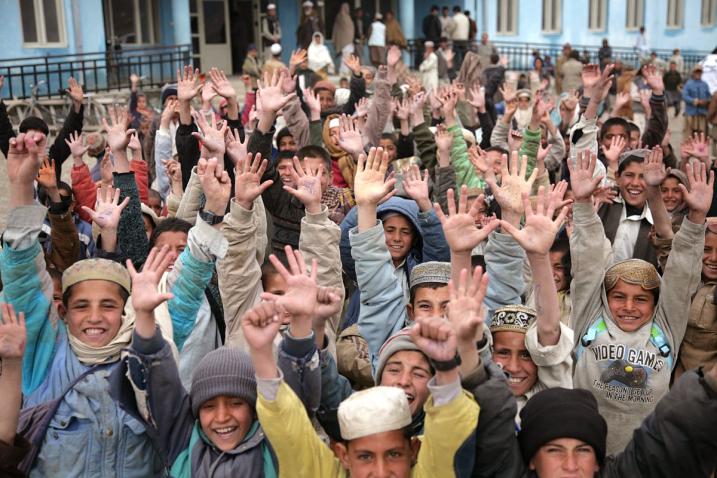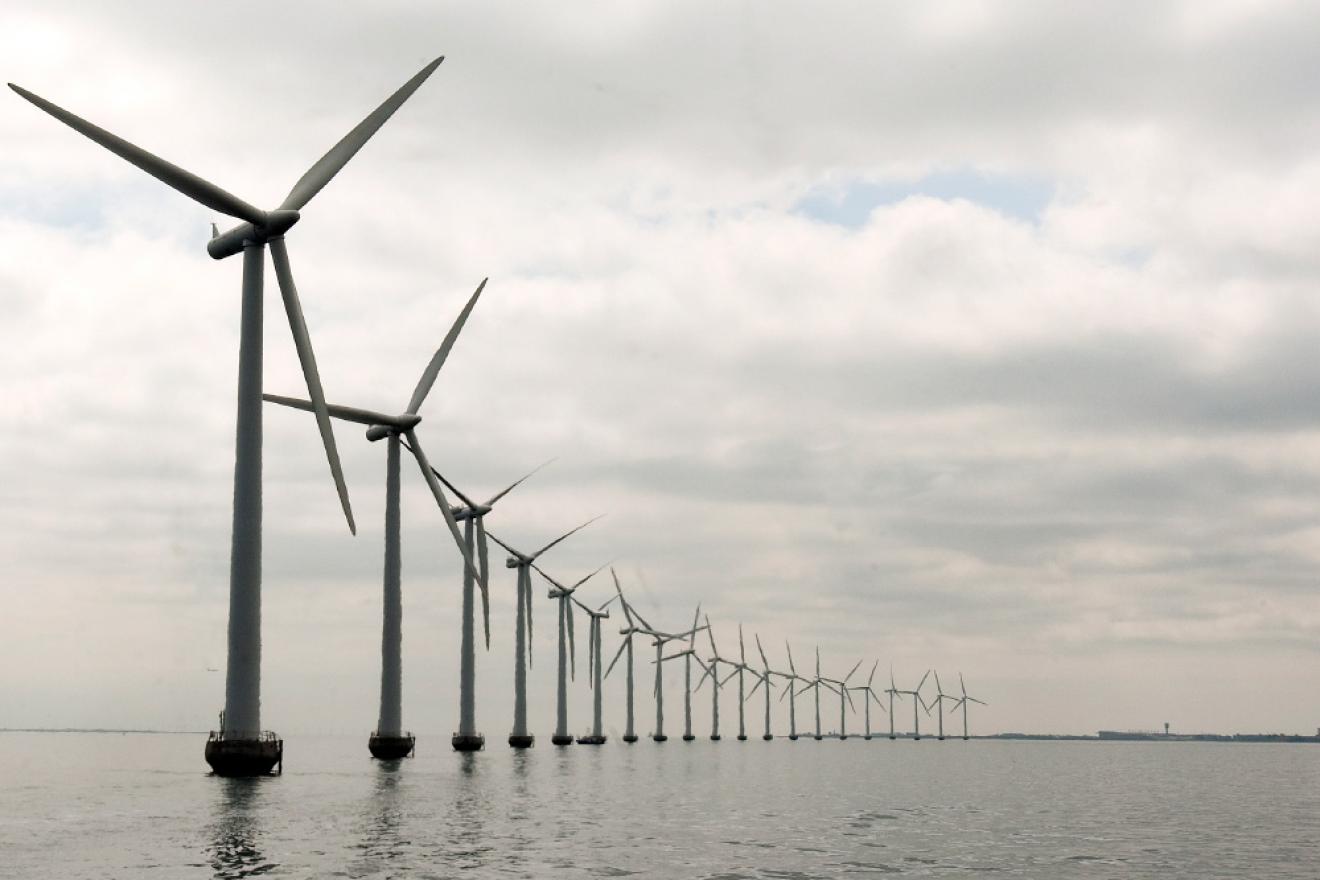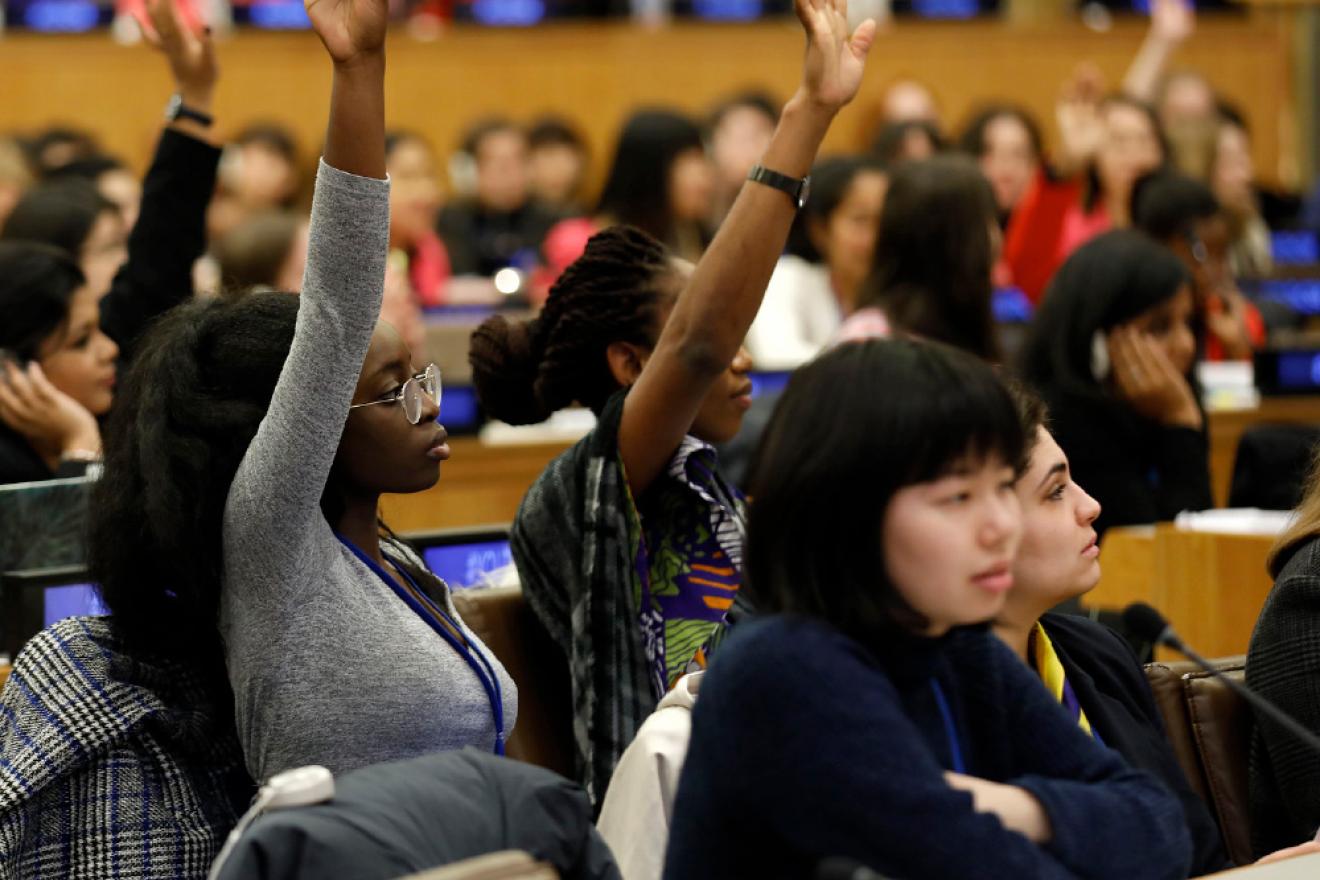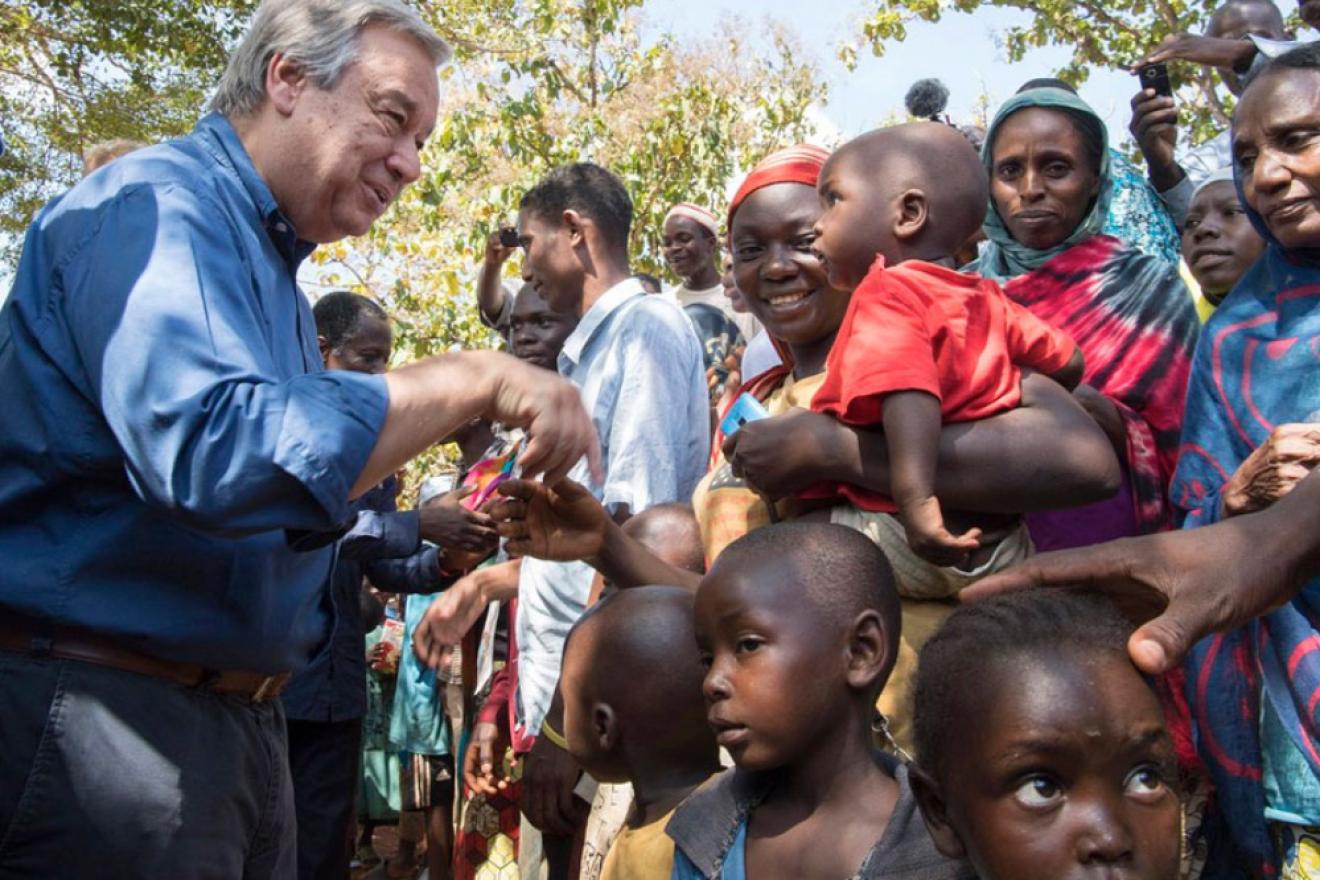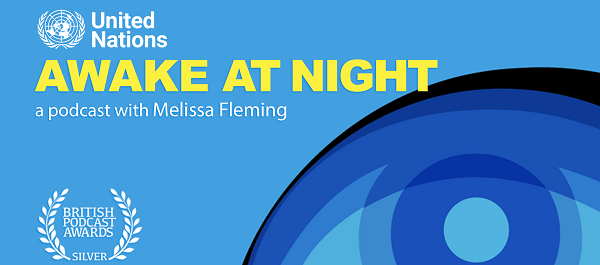ActNow is the UN campaign to inspire people to act for the Sustainable Development Goals (SDGs). In the lead up to the Summit of the Future, join the 1 Million Actions for our Common Future challenge to contribute to a more sustainable and peaceful world. Find new inspiring actions on the app and at un.org/actnow.
Building a world where diversity is celebrated
Across the globe, people continue to be harassed, attacked — and even killed — simply for what they believe. Places of worship are desecrated. Communities are terrorized. Online platforms are flooded with hate. We must confront this threat head-on. On this International Day Commemorating the Victims of Acts of Violence Based on Religion or Belief (22 August) we remember the victims and recommit to action. Let us stand together to build a world where diversity is celebrated, and everyone can live in safety and dignity.


